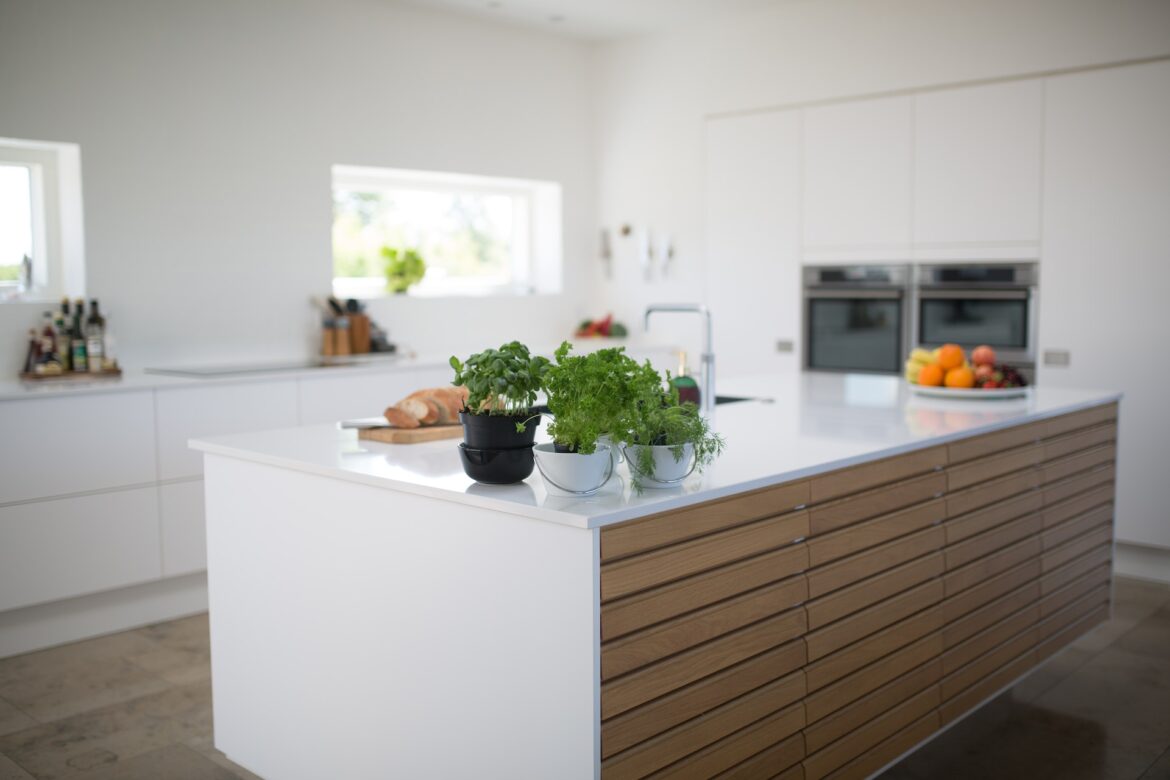
Being one of the busy and hardest-working rooms of the house, the kitchen encounters everyday problems. Because a kitchen may accommodate a variety of activities, it can be a source of many difficulties, such as foul odors or, worse, being infested with mice.
However, did you realize there are other typical kitchen issues? Here are nine common kitchen issues, along with suggestions for addressing and avoiding them. Hope they’re helpful!
1. Musty, Humid Kitchen
Due to kitchen sinks, refrigerators, and other sources of moisture, the kitchen is particularly prone to dampness and humidity.
A dependable dehumidifier and adequate airflow prevent moisture from ruining food and furniture. The kitchen area(s), pantry, and sink should always be appropriately dehumidified. Otherwise, too much humidity can cause wood and metal furniture to corrode or rust, resulting in mold growth in your kitchen cabinets.
Controlling humidity is vital to maintaining a safe kitchen area for your family.
2. Low Water Pressure
For various reasons, your kitchen faucet and other plumbing fixtures may have a low pressure water supply. Among the most frequent causes are:
- Leaking water pipes;
- Clogged aerators;
- Clogged cartridges;
- Leaks;
- Errors with the shut-off valve;
The daily tasks you perform in the kitchen might be significantly impacted by low water pressure. Dishwashing will take longer and be more frustrating if the water pressure is low.
In almost any situation, one should be able to increase home water pressure with a little examination, knowledge, skill, and (perhaps) expert assistance.
3. Fridge Smells Bad
A refrigerator containing rotten food is probably the cause, usually due to inadequate temperature management.
You should discard the food that appears to be causing the odor and thoroughly clean the appliance’s interior to remedy this issue. The next step is to let it completely dry, with the option of adding a dish of baking soda to absorb any odors.
It’s crucial to set the fridge at the ideal temperature for food storage once it has been cleaned and dried. For a refrigerator, this is about 4°C.
4. Sink Odor and Blockage
Foul odors from the sink or clogs caused by food residue are two of the most frequent problems in the kitchen. When this issue occurs, pour a cup of baking soda and a few drops of lemon juice into the sink and let them sit for 15 minutes.
After adding a cup of white vinegar and waiting for bubbles to form, run a gallon of boiling water through the sink to clean it. You can also use a sink strainer to prevent food particles from clogging the drain.
5. Inadequate Counter Space
A frequent design issue is the shortage of countertop space. Plan for enough countertop areas for many users to operate while the design is being created. But if your counter space is limited, you’ll need to use the window sills to store jars and other objects instead of cluttering the counter. When not in use, store appliances in cabinets.
6. Faucet Dripping
A dripping faucet is an annoying nuisance that can cost you money in the long run due to water usage and property damage. You must first cut off the water to fix it.
Then you can attempt to troubleshoot whether internal parts may require maintenance or tightening. But installing a brand-new tap is often easier.
7. Not Shutting Cabinet Doors
Due to repeated use, your cabinet doors may become loose and fail to close correctly. This is very upsetting because you can’t trust that cooking utensils will remain inside safely if the doors are not shut. Think about applying wood filler to the screw holes or lubricating your hinges.
8. Insufficient Window Space
Kitchen windows offer access to the outside, natural light, and—most importantly—frame your perspective.
Often, kitchens have insufficient window space or have poorly placed windows. The kitchen must endure excessive heat and suffocation. So ensure the kitchen windows are placed appropriately and are of the right size.
9. Inadequate Task Lighting
Lack of task illumination is another frequent issue. This type of lighting is crucial because it directs light to particular locations. These are mostly the countertop, gas oven, and dishwashing areas where you prepare and cook food.
Without additional illumination, top cabinets used a lot when preparing meals may readily darken the surface and generate shadows, making food preparation tasks like slicing and chopping more difficult tasks more complicated than they need to be and even sometimes dangerous.
Consider adding sufficient lighting to your kitchen with bright bulbs. Choose CFL or brighter LED lights if there isn’t enough natural light in the kitchen. Add more lighting, such as LED strip lights or recessed spotlights, beneath the overhead cabinets to provide adequate task lighting for cooking.
These are the nine most frequent kitchen issues and solutions. You may avoid these issues and feel comfortable carrying out activities in your kitchen with the aid of a thoughtful design.
While addressing issues as they emerge can be simpler, regular maintenance is crucial to ensure everything runs well in your kitchen. Being proactive helps ensure that equipment is less likely to break and things are less likely to go wrong, which can be expensive and time-consuming.



